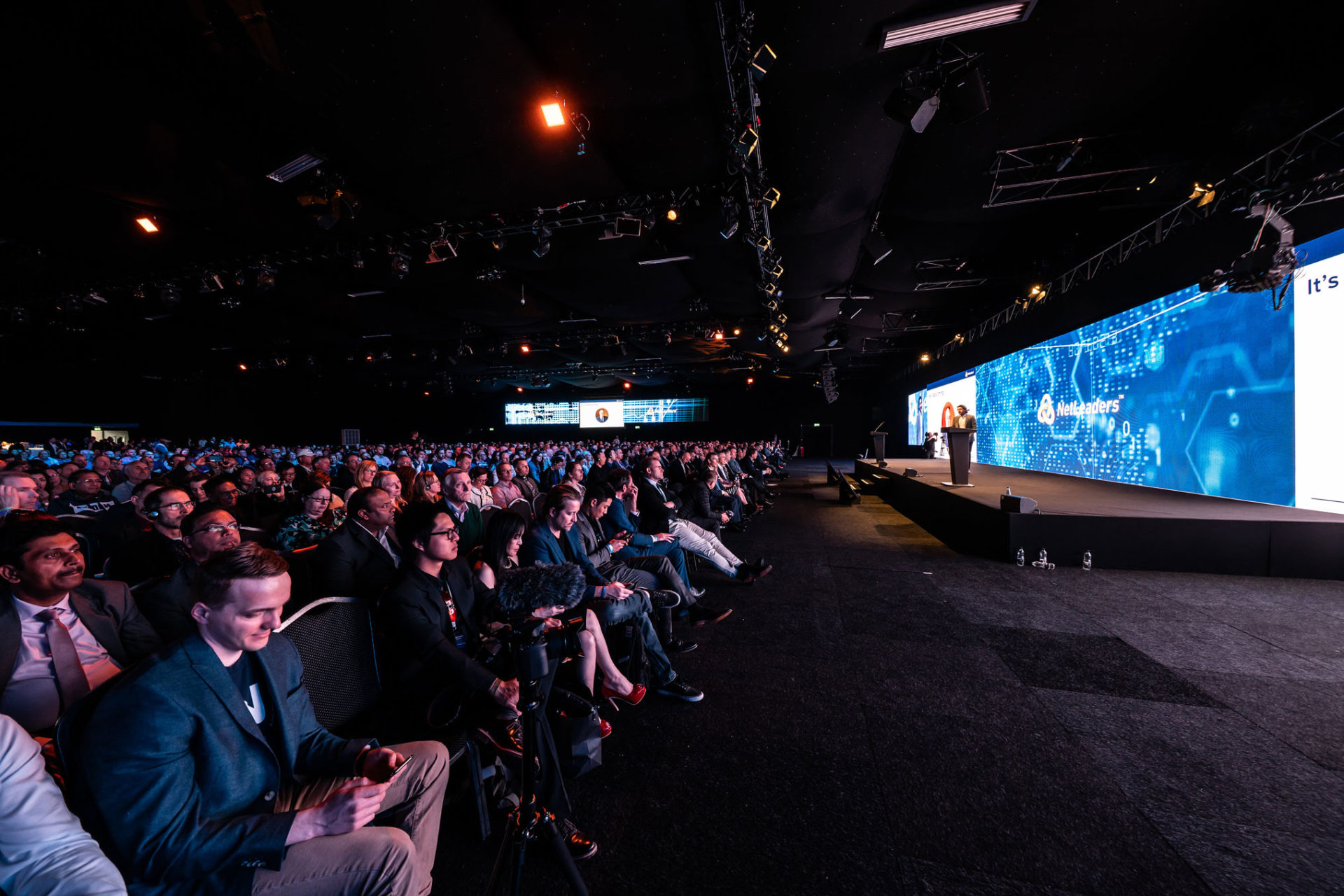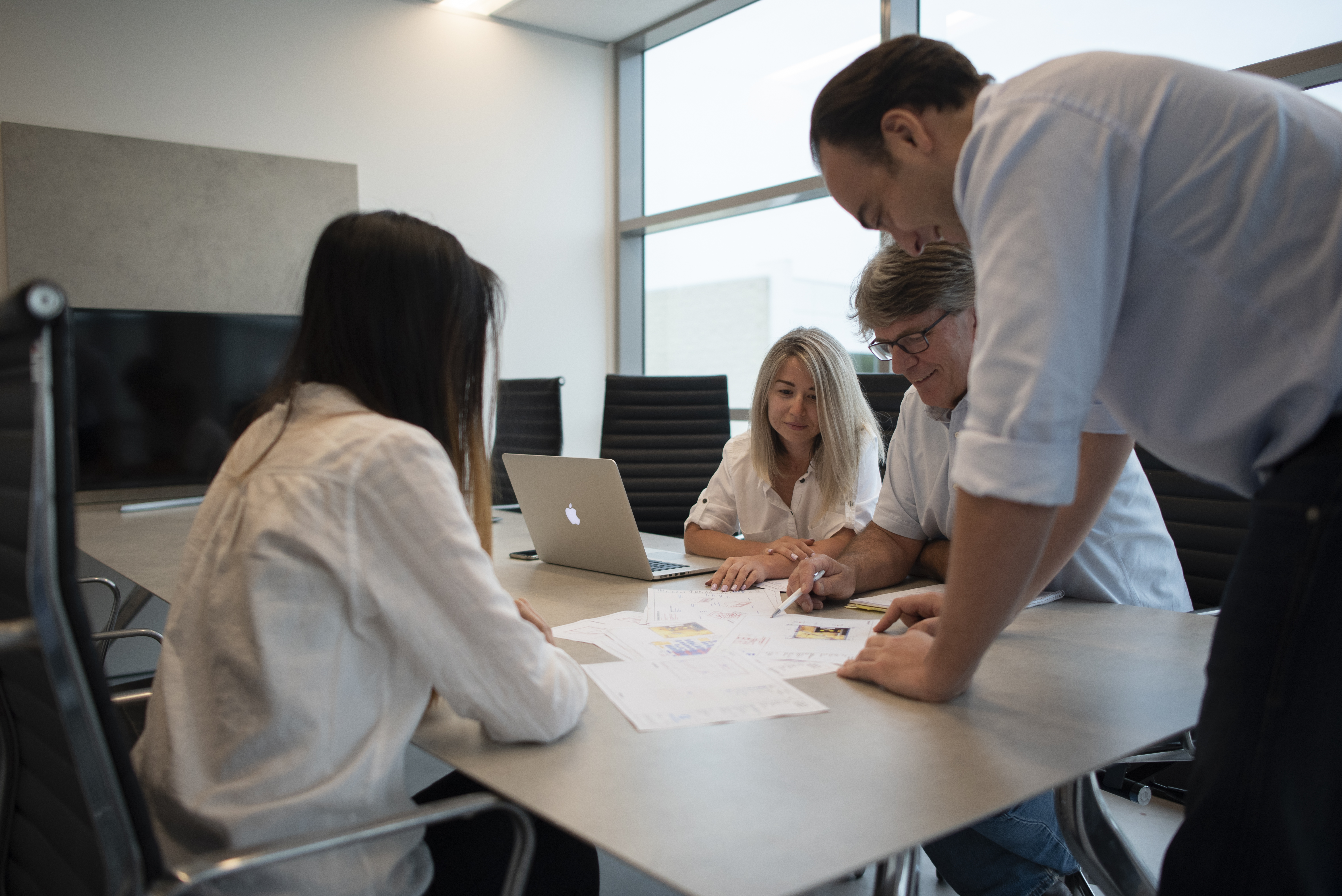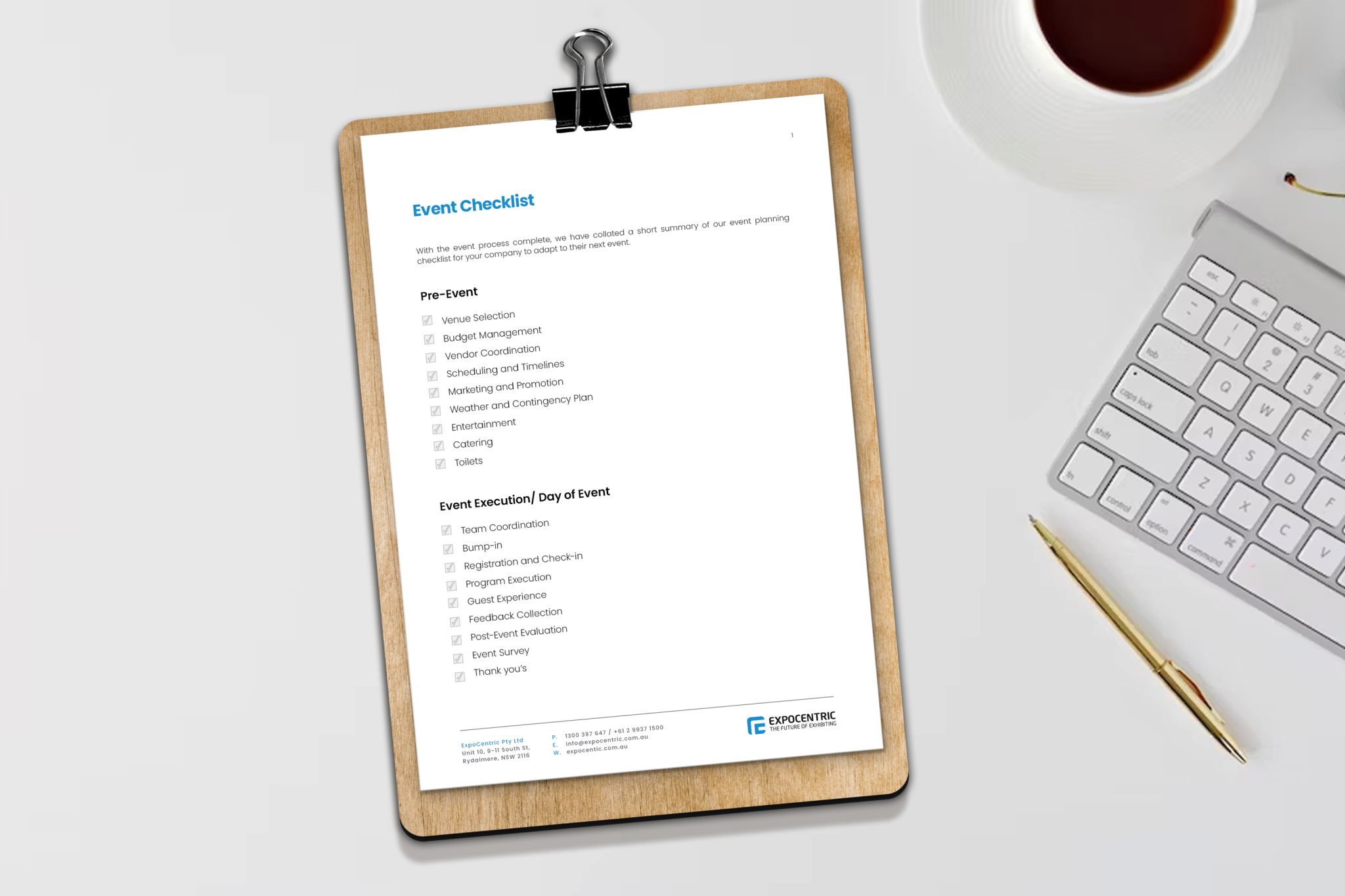Planning a successful conference involves meticulous attention to detail and a well-organised team effort. From determining conference objectives to post-conference analysis, each step plays a crucial role in ensuring a seamless and impactful event.

In this blog, we’ll walk you through the essential elements of conference planning, providing valuable insights and tips for each stage.
Key Takeaways
- Set SMART goals and identify target audience to create a memorable event experience.
- Assemble an organised team with diverse experts, establish clear communication channels, craft engaging agenda topics & schedule networking opportunities for attendees.
- Find the ideal venue & accommodations, promote effectively using social media and email campaigns, ensure smooth execution by preparing checklists/timelines and training volunteers. Collect feedback post-conference to continuously improve future events.
Stage One: Determining Conference Objectives
Setting clear and achievable objectives should be the foundation of your conference planning. Begin by defining the purpose of your event. Are you aiming to educate, network, or showcase innovations? Understanding your goals will guide every subsequent decision in the planning process.
Consider factors like target audience, budget constraints, and desired outcomes to create SMART (Specific, Measurable, Achievable, Relevant, Time-bound) objectives.
Other important factors to consider in this stage of the planning process include finding a venue that can comfortably accommodate the expected number of attendees and provide the necessary facilities. To ensure maximum attendance, you’ll also need to select a date and time that doesn’t clash with other major events. A conference venue that’s easily accessible and equipped with the right conference technology can significantly enhance the attendee experience.

- Define the purpose of the conference: Is it for education, networking, product launch, etc.
- Set SMART objectives: Specific, Measurable, Achievable, Relevant, and Time-bound. This helps you to reach your desired outcome efficiently.
For instance, one of your goals could be to increase sales of your conference technology by 20% within a month after the event. This goal is specific (increase sales), measurable (by 20%), attainable (with a good marketing strategy), relevant (sales growth is a common business goal), and time-bound (within a month after the event). - Identify the target audience: This enables you to tailor your event to meet the specific needs and interests of your attendees, making the journey more enjoyable and memorable for them. For example, if your target market is event planners interested in conference technology, your session topics, keynote speakers, and entertainment should all be relevant to this theme. You might also want to consider the cultural backgrounds, professional levels, and preferences of your potential attendees.
- Make a budget plan: Establish a preliminary budget by pointing out needs, and allocate resources accordingly.
Stage Two: Assembling the Perfect Planning Team
Behind every successful conference is a dedicated and skilled planning team. Identify key roles and Ensure effective communication and collaboration among team members.

You should also establish clear responsibilities, deadlines, and regular check-ins to keep everyone on the same page. A diverse team brings different perspectives and skills, contributing to a well-rounded event.
- Define key roles and responsibilities for team members: This can include roles such as event manager, logistics coordinator, marketing specialist, and technical director.
- Assemble a diverse team with a range of skills and expertise.
- Establish effective communication channels and protocols: Choose the most efficient mode of communication for everyone in the team and establish protocols for sharing information, documents, and other pertinent data.
- Conduct team training sessions: This helps ensure everyone is aligned.
Stage Three: Crafting an Engaging Conference Agenda
An engaging agenda is the heart of any conference. Tailor your schedule to align with your objectives and cater to your audience’s interests. Include keynote speakers, interactive workshops, and networking sessions. Pay attention to timing, allowing for breaks and ensuring a balance between information dissemination and participant engagement. Leverage technology for seamless registration, session tracking, and participant interaction.

- Plan a mix of keynote speakers, workshops, and networking sessions: Providing attendees to connect valuably in-person canup possibilities for collaboration and knowledge sharing.
- Plan session topics for discussion: For example, if your main topic is about the latest trends in conference technology, your session topics could include discussions on the future of conference management, demonstrations of new conference features, and workshops on how to use these technologies effectively.
- Tailor the agenda to match the conference objectives.
- Organise entertainment: This can include live performances, interactive games, and immersive experiences.
- Allocate appropriate time for each session, considering breaks: A well-planned conference schedule, like a good journey, should include breaks and opportunities to network with others.
- Utilise technology for seamless registration and session tracking: Ditch paper trail and go digital.
Stage Four: Finding the Ideal Venue and Accommodations
You’ll want to consider a variety of factors such as:
- Location
- Size and layout
- Facilities and amenities
- Cost and budget
- Reputation and experience
- Availability
- Attendee sentiment
For instance, if you’re expecting a large conference with hundreds of attendees, you’ll need a spacious venue with adequate seating and facilities. On the other hand, if you’re planning a smaller, more intimate event, a cosy venue with a warm and welcoming atmosphere might be more suitable.

Stage Five: Promoting Your Conference Effectively
A well-executed promotional strategy can help you reach a wider audience, engage with potential attendees, and build a community around your event.
Some effective ways to promote your event include:
- Creating a dedicated event page on your website
- Utilising social media platforms
- Leveraging email marketing campaigns
- Offering early bird discounts and special deals
By implementing these strategies, you can effectively promote your event and attract a larger audience.
Stage Six: Ensuring Smooth Conference Execution
Guaranteeing a smooth conference execution requires meticulous planning and attention to detail. Secure technology requirements, and catering well in advance. Rehearse and test audiovisual equipment, and have contingency plans for potential issues. Provide clear signage and directions for attendees, and ensure a responsive communication plan in case of unexpected changes. A well-executed conference leaves a lasting impression on participants.


- Confirm overall logistics, venue, and technical requirements: This includes managing the venue, coordinating with the speakers, addressing client requirements, handling complaints, and ensuring a user-friendly conference website for your guests’ easy access.
- Rehearse presentations and test all audiovisual equipment.
- Train your staff and volunteers: Empower them with skills in customer service, problem-solving, and emergency procedures.
- Develop timelines and contingency plans for potential issues.
- Provide clear signage and directions for attendees.
- Establish a responsive communication plan for real-time updates: This helps to monitor progress, address issues, and take swift action to resolve them. By staying up to date while planning a conference, you can ensure that your event runs smoothly and as planned.
Stage Seven: Post-Conference Follow-Up and Analysis
The conclusion of the conference is a substantial time for gathering data to evaluate the success of the conference and improve your event planning strategies. This is also a time to objectively view the satisfaction of conference attendees.
- Design and distribute post-conference surveys to collect participant feedback: This can include post-conference surveys, focus groups, or one-on-one interviews.
- Analyse data on outcomes against objectives: This can include attendance rate, attendee engagement, conversion rate, and financial performance.
- Share results with the planning team and stakeholders.
- Prepare a comprehensive report highlighting successes and areas for improvement.
- Develop a post-event communication plan to maintain participant relationships.
Summary
As we dock at the end of our journey, it’s clear that planning a successful conference is not a simple task – it’s a complex series of tasks that requires careful planning, clear objectives, a dedicated team, and a deep understanding of your audience. But with a comprehensive conference planning checklist, you can navigate through the process with confidence and ease.
